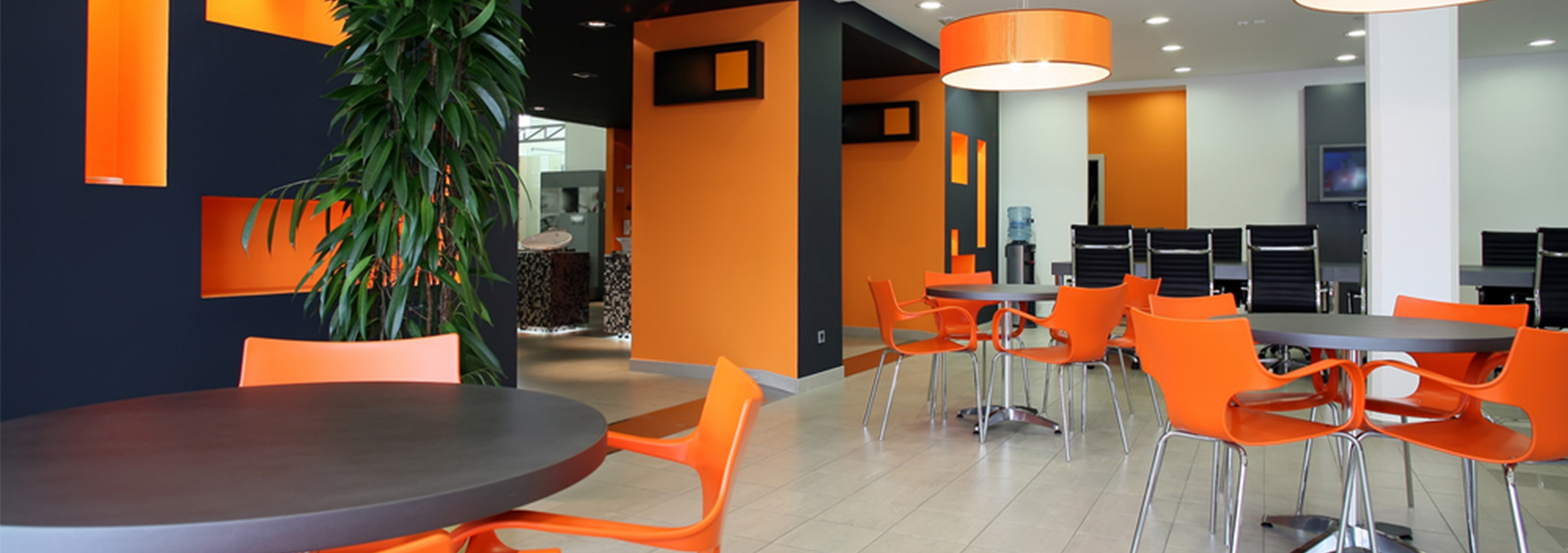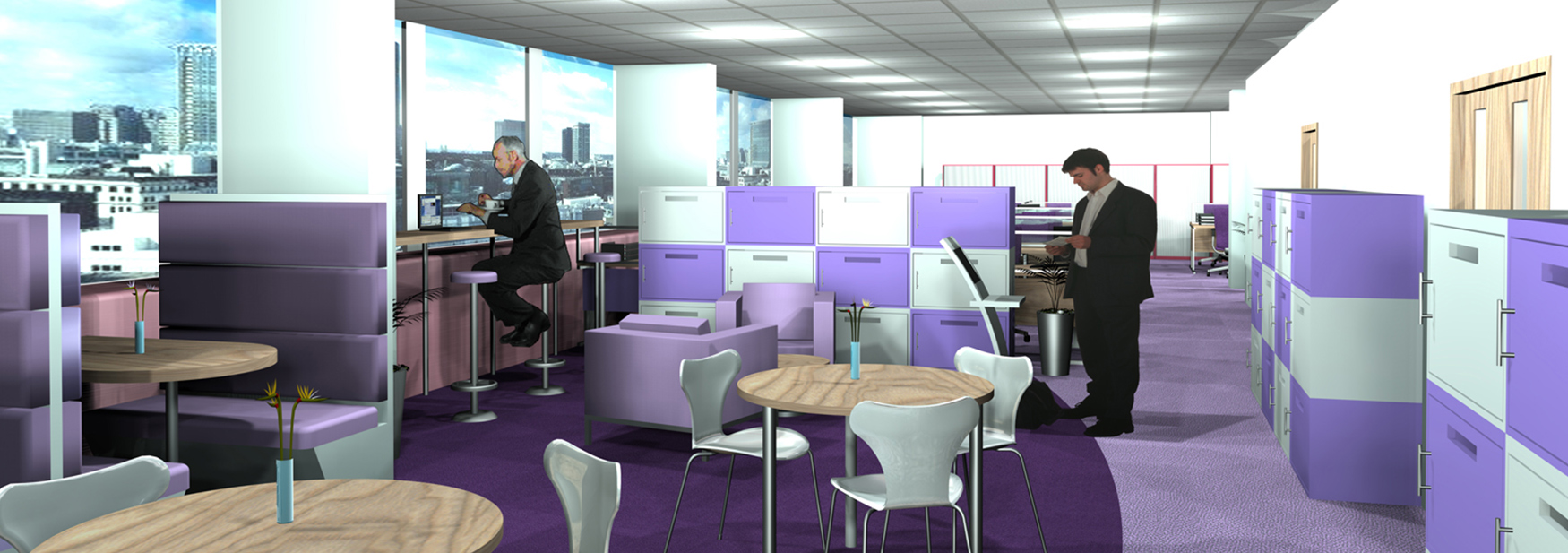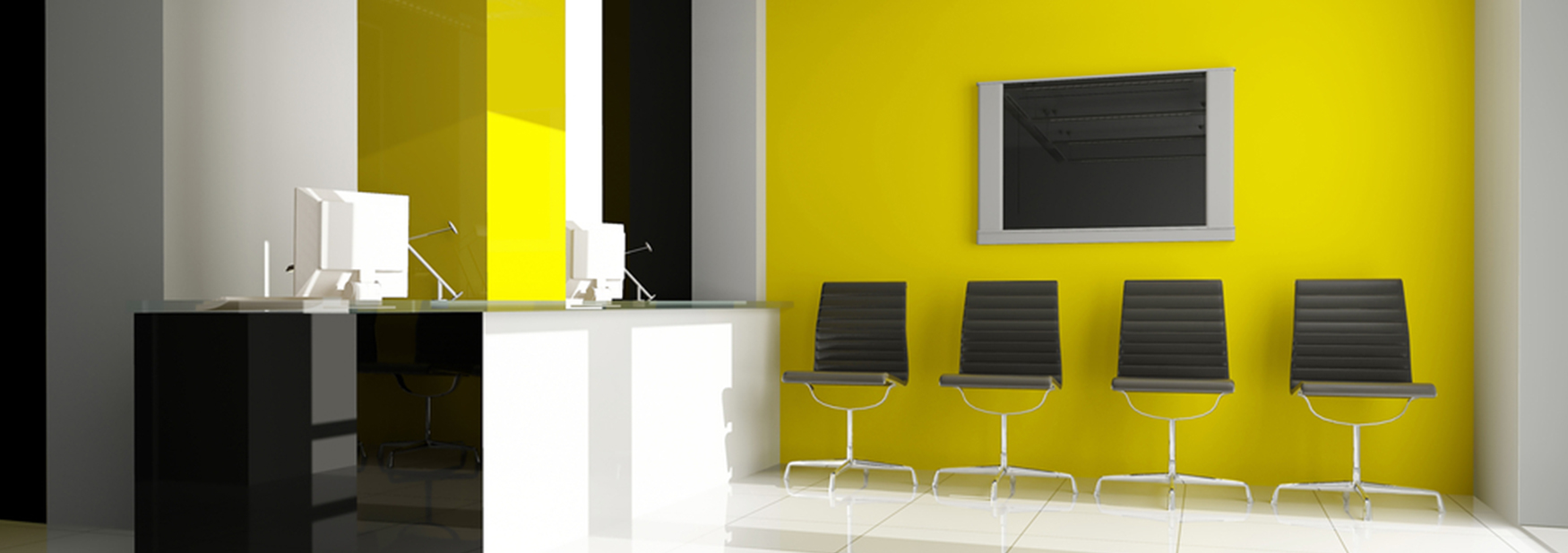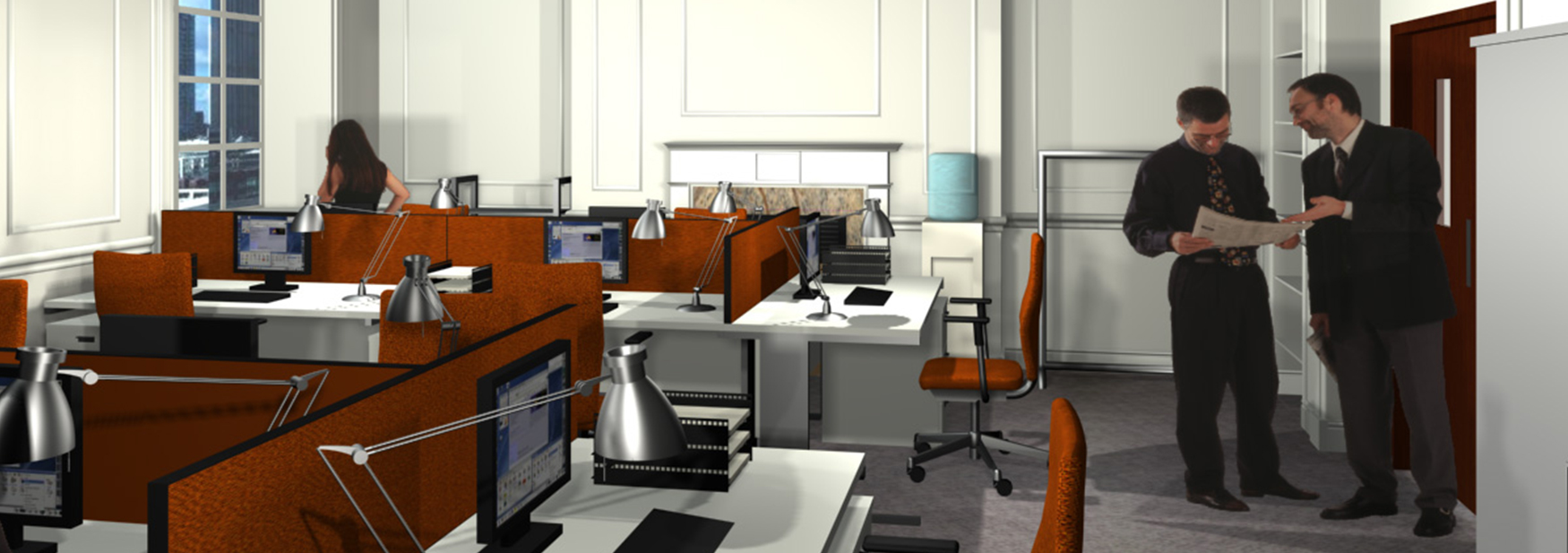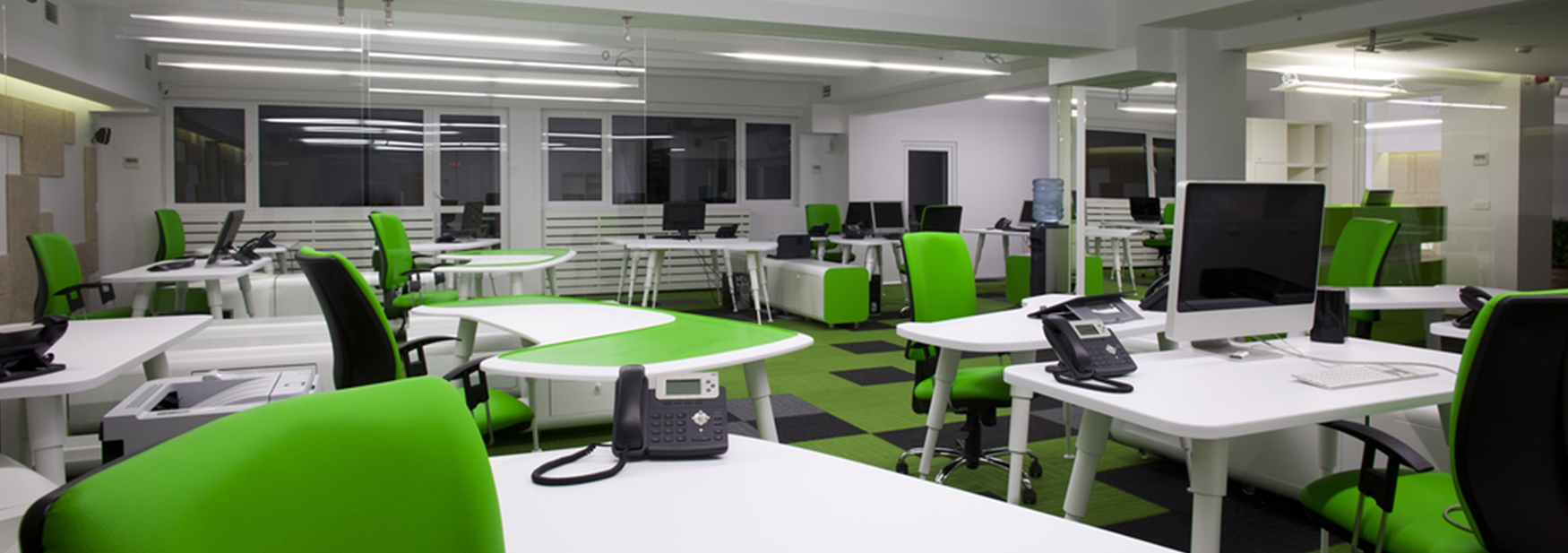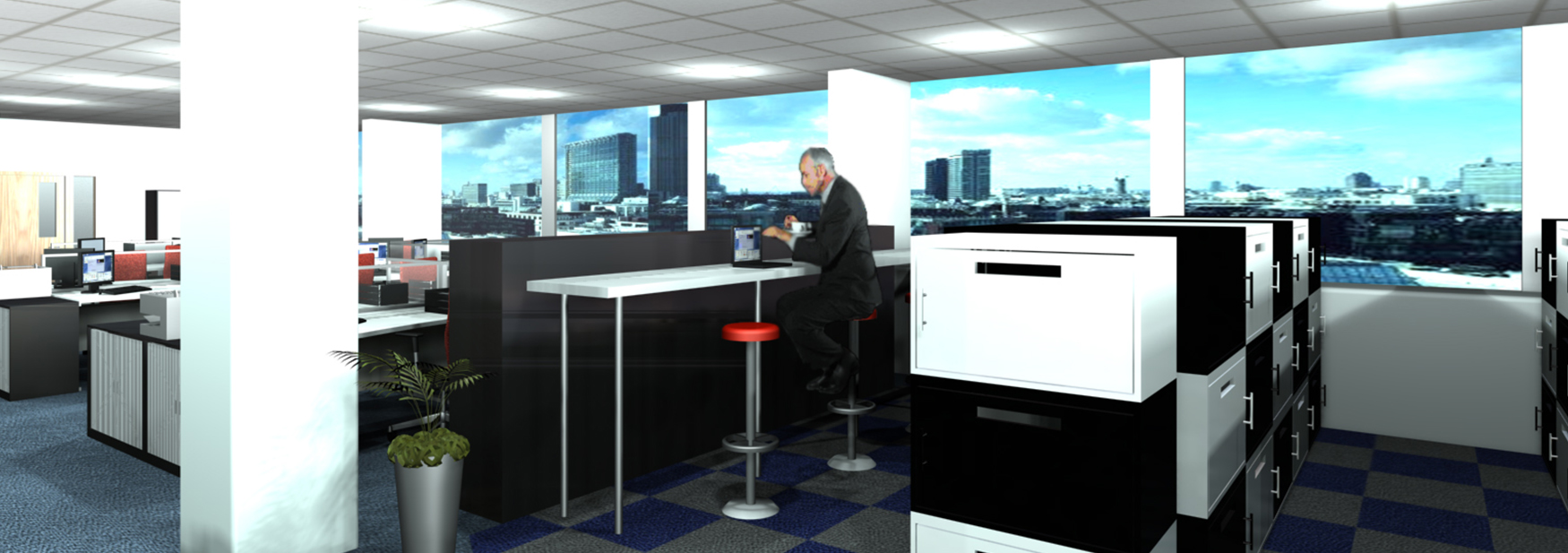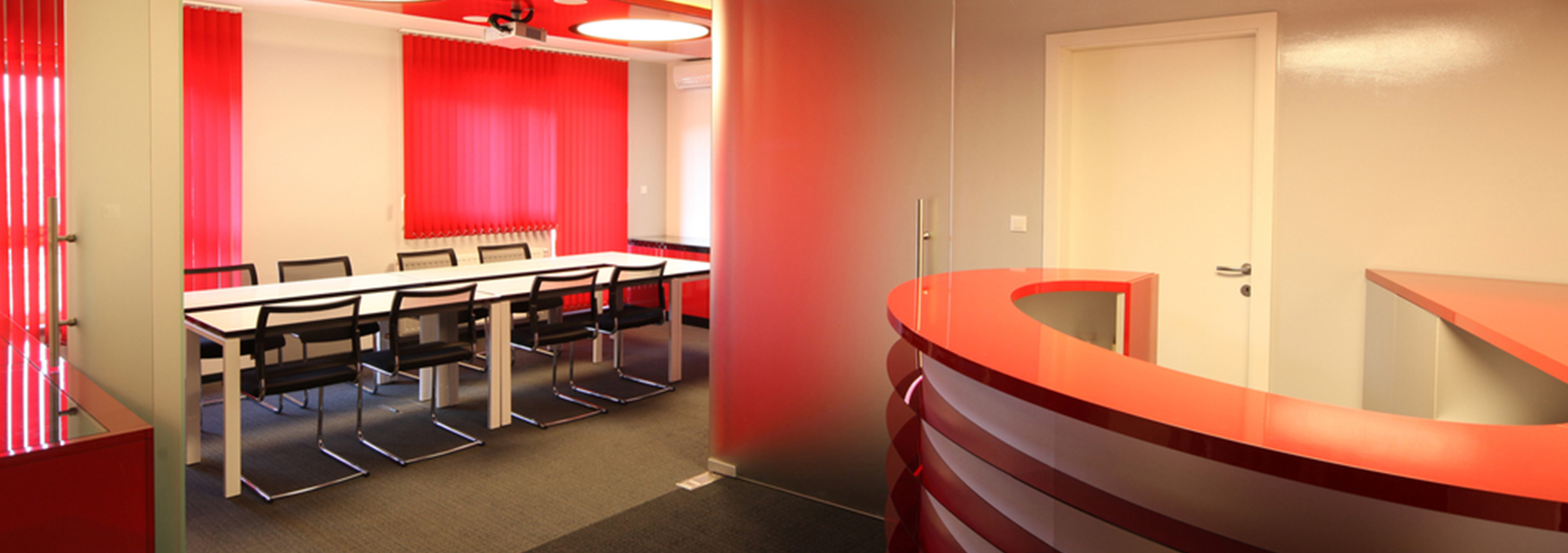The previous blog post discussed maximising natural daylight through office design, and this is the first step to helping to bring the outside in. Once your office is naturally lighter and brighter you can look at introducing some natural greenery through a few hardy indoor plants, and there are actually a number of companies that can not only supply the plants, but also offer a full maintenance service, to ensure that they stay looking at their best. A few simple large plants always look better than lots of little pots, and will also be easier to manage. The jungle look is never a good look for a modern office, and plants can get out of hand if unattended regularly, so it is always best to keep to the odd pot in desking areas (perhaps to mask an ugly column or other feature), and have a few more in breakout areas, being careful to avoid messy or fast growing varieties. There are even some very realistic plastic plants available now, but even these need a little maintenance, as they so tend to gather dust quite quickly, but these would be a good solution where the natural lighting is poor.
Once you have livened up the office with a few plants, a fresh colour scheme would also help and the current trends are for very natural colours (soft blues, greens, browns, along with plenty of white or white shades) rather than brash primary colours, and through our 3d modelling service we can show you exactly how your office design would look in a series of colour schemes. We can even show alternative space planning options with different colour schemes to give you a useful comparison, so if you would like to know more about our office interior design service, just give us a call.
 space planning uk
space planning uk 